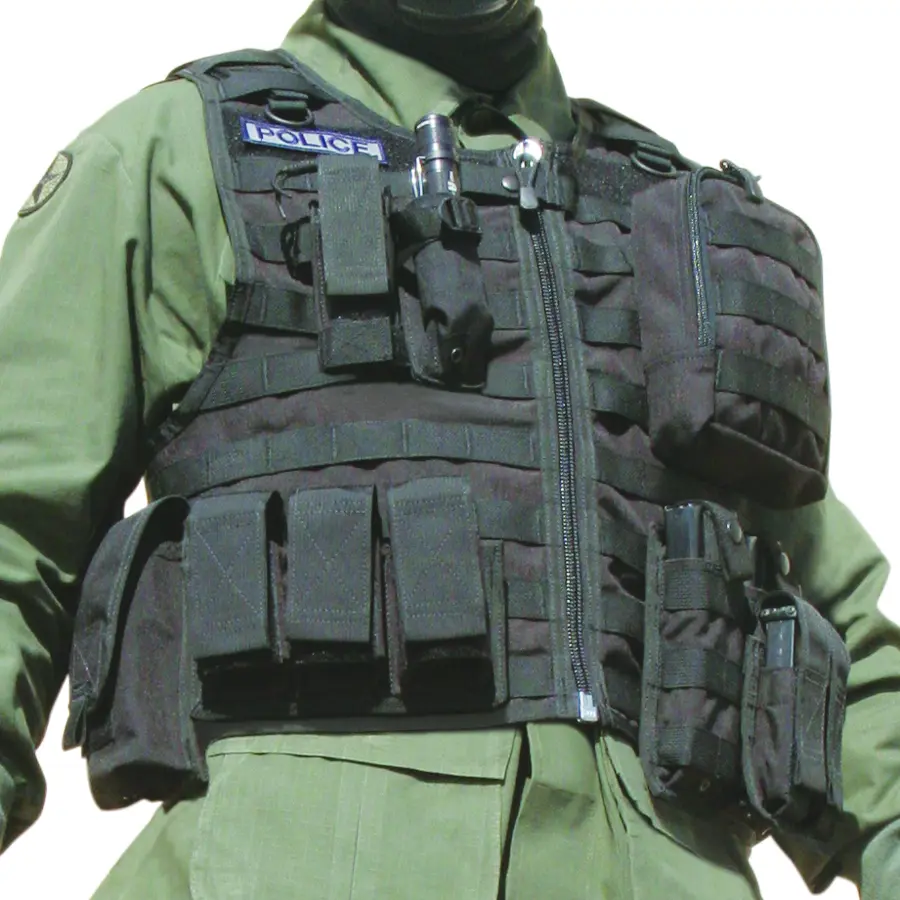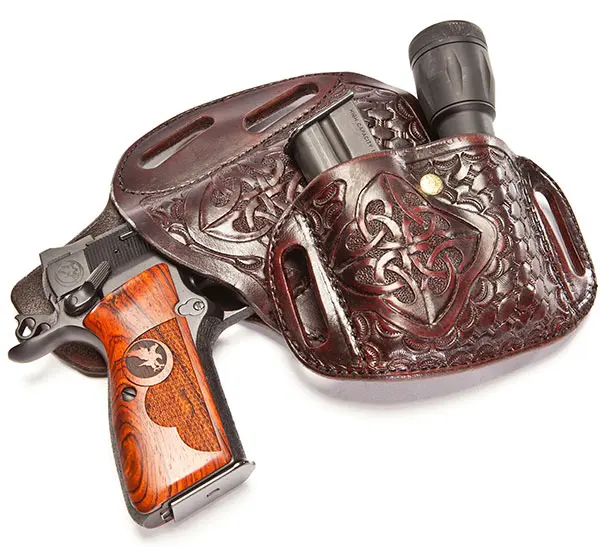While the occasional reader has accused this writer of being a second-rate version of the sainted Louis Awerbuck, this particular column is actually mostly recycled from one that never saw the light of day.
That’s fortunate, because it means Mrs. Clinton didn’t win the election in 2016.
While I’m not the biggest fan of the current Commander in Chief, I think we can all agree what Hillary would have meant to those of us who cling to our guns and religion, especially the firearms. Those misplaced fears that she would carry the day were the primary underlying motivation for this column on caching.
Fortunately, good sense prevailed in the form of matchless S.W.A.T. Editor Denny Hansen. Denny’s (as usual) common-sense advice on my submitted story was, “If we’ve reached the point of burying guns, it’s probably time to dig them up and use them.”
That sage advice caused me to stop, take off my tinfoil hat, and submit a new and different column. Yet the original story minus that big motivating factor still contained a few nuggets of information regarding survival supplies so, as they say in television, “We now join our regularly scheduled program already in progress.”
Caching is the act of storing equipment or supplies in a hidden location for future use. It also usually implies that an adversary is looking for your cache and will confiscate or destroy the contents if found. This is why ingenuity and foresight are important when considering a cache.
I’m not a trained professional in this business, but on the other side, I have conducted literally hundreds of searches for contraband as a gen-u-wine government agent, so I feel reasonably qualified to share a few thoughts on the matter.
Above all else, there are zillions of places to conceal things, but most people are lazy and don’t think the process through. Granted, the targets of my searches weren’t typically the best, brightest, and most chemically free members of society, but there are certain concepts you should consider when hiding things from The Bad Guys.
First is proximity. People like to hide things within their own wingspan or area of direct control. This is understandable, especially if you plan on using or consuming the item frequently. But this makes it really easy for searchers because in 80% of cases at a residence, the target item(s) will be found in the bedroom or living room.
At a business, hidden items will usually be found within the office or personal locker of a target, while a significant number of hidden items in a vehicle will be found within reach of the occupants.
The takeaway here is that caching should be done at a distance greater than arm’s length. That’s why I am a big fan of underground caches for long-term storage: somewhere nearby, but not too close to your base of operations. An outdoor underground cache effectively puts the entire land mass of the earth inside the possible search radius.
The best caching locations are burial sites that offer privacy and access without arousing undue suspicion. As one practical example, I recently heard the story of a friend who kept a defensive handgun stored for when he traveled to a certain location on business.
Initially he drove to the location in question, cached a firearm underground in a secluded section of landscaping of the hotel where he usually stayed, then dug it up and carried it whenever he flew back to the city.
The logistical requirements of a good underground cache are fairly simple: a non-metallic (to defeat metal detectors) waterproof container that will withstand soil pressure. While the options are almost limitless, many folks use inexpensive, easily available PVC pipe.
A six-inch-diameter section of pipe of the appropriate length can easily be solvent welded with a cap on one end and a removable lid on the other to allow periodic checks and access to the contents. The container is then buried vertically in a hole at the chosen site at least a foot below the grade level.
Keep in mind that solvent welds will leak if you aren’t careful. The screw threads of the “cleanout” fitting commonly used for access also will leak, but a bit of plumber’s pipe tape or grease will usually solve that problem. A better option is the “mechanical test plug,” a big rubber stopper that is tightened via a wing nut. These are waterproof yet easily removed.
With any type of container, you need to be completely anal retentive when it comes to waterproofing the contents. Water will ruin most things we want to store and is insidious in its ability to penetrate seams and closures over time. Layers of sealed plastic, copious grease, foil, and special papers offer protection, but always err on the side of excess and paranoia.
Note that we mean “paranoia regarding water infiltration,” not “black helicopters are watching me”-style suspicions. On the other hand, I still give credence to the old chestnut: “You’re not being paranoid if they really are out to get you!”
Fortunately, most of us realize there are folks who desperately covet our things, so take a little time in the near future to squirrel away more than just some random walnuts for that inevitable rainy day. And if you do happen to see someone carrying a shovel and wearing an aluminum foil bonnet, just wave.
It’s probably me.
Brent T. Wheat is a former SWAT officer, canine handler, detective, and patrol supervisor who retired after a 30-year law enforcement career. Brent is the publisher of WildIndiana Magazine, a regionally focused outdoor magazine. He can be reached at [email protected].



